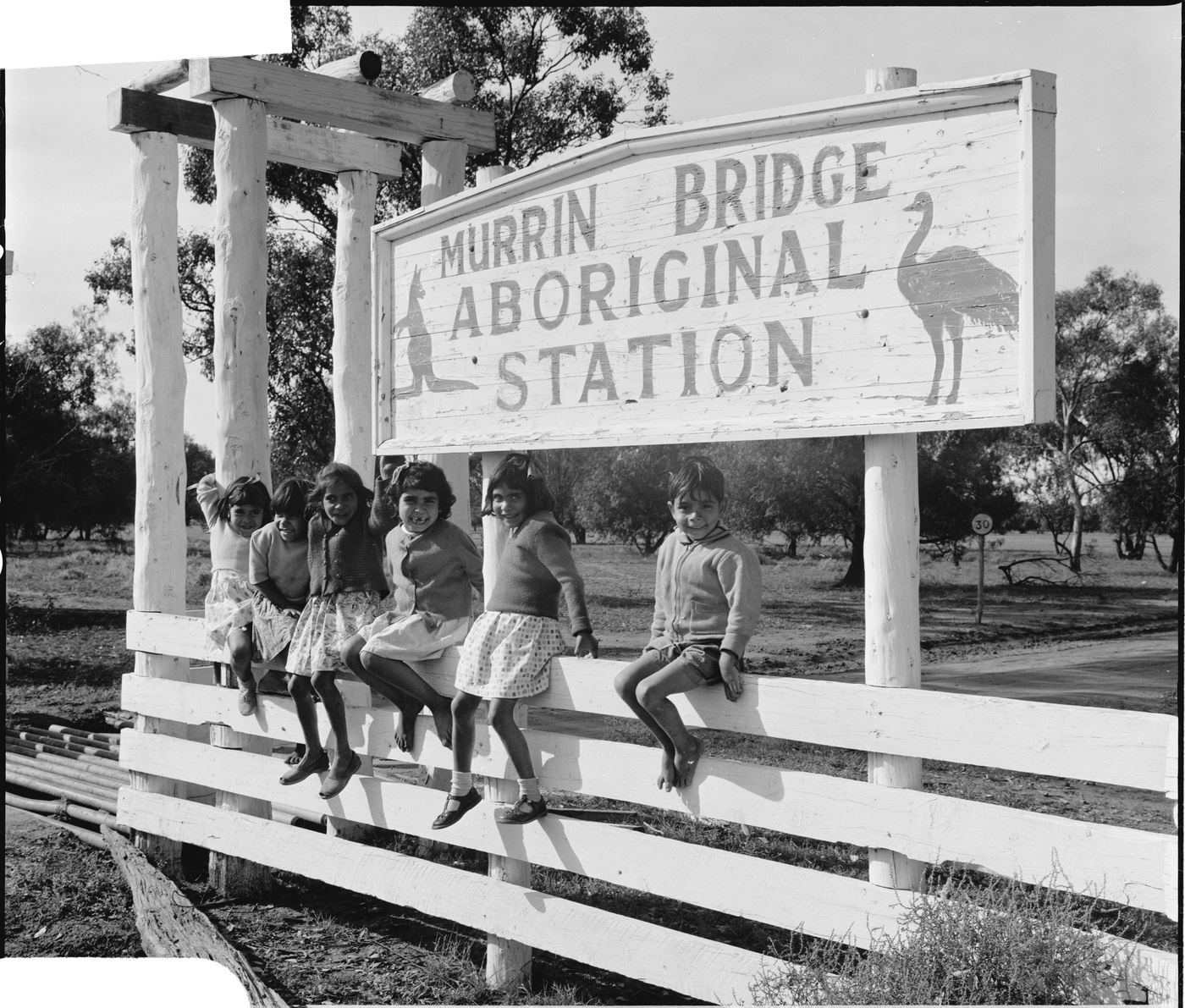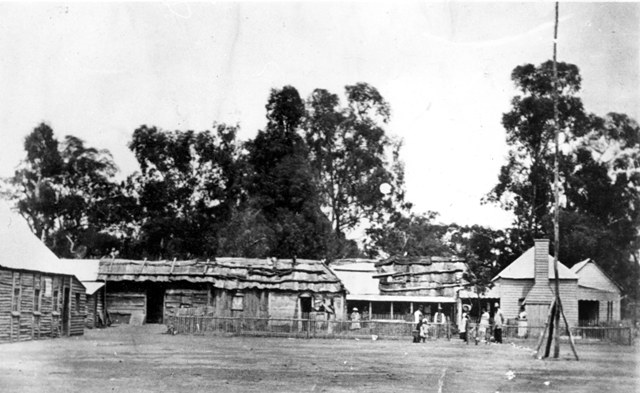

The Aborigines Welfare Board was created in 1940, under the Aborigines Protection (Amendment) Act 1940. It replaced the Aborigines Protection Board and was supposed to modernise Aboriginal welfare but it continued many of the Protection Board’s policies towards children. It was abolished in 1969 and replaced by the Aborigines Welfare Directorate. Responsibility for Aboriginal children…
The Australian Aborigines Progressive Association (AAPA) was formed in New South Wales in 1924, under the leadership of C.F. (Fred) Maynard. Mrs Elizabeth McKenzie Hatton, a non-Aboriginal woman, was secretary. The group demanded children no longer be separated from their families or indentured as domestics and menial labourers, and should have access to public schools….
The Aborigines Welfare Directorate replaced the Aborigines Welfare Board in 1969. It later became known as the Aborigines Services Branch, Youth and Community Services.

Warangesda Dormitory was established on an Aborigines Protection Association station at Warangesda, near Darlington Point, in 1893. It trained Aboriginal girls for domestic service and served as a welfare depot for younger children from other reserves and stations. In 1897 the Aborigines Protection Board took over managing Warangesda Mission and the Dormitory. Girls from Warangesda…
The Department of Families, Housing, Community Services and Indigenous Affairs (FaHCSIA) was created in 2007 (formerly, it was known as the Department of Families, Community Services and Indigenous Affairs). FaHCSIA was the government department responsible for the Apology to Forgotten Australians and Former Child Migrants in November 2009. It also administered the Find and Connect…
The Department of Social Services (DSS) came into being in September 2013. Previously, it was called the Department for Families, Housing, Community Services and Indigenous Affairs (or FaHCSIA). Within DSS’s programs and services are the Find and Connect services for Forgotten Australians and Former Child Migrants, the Royal Commission into Institutional Responses to Child Sexual…
Glendonald School for Deaf Children in Kew was run by the Victorian Department of Education. It provided education and some residential services for deaf children. The school was located in Marshall Avenue and the hostel was nearby in Belmont Avenue, Kew. According to the Department of Health and Human Services, ‘Deaf children whose families lived…
From the 1960s the Sisters of St Joseph ran a number of Family Group Homes and Residential Units across Melbourne. Some of these homes were initially run in conjunction with St Joseph’s Home for Children in Surrey Hills. In 1991 these homes came under the management of the Christian Brothers, and in 1997 management again…
From 1977 St Luke’s ran a number of family group home and residential care units in Bendigo. Several of these home had previously been run by The Mission of St James and St John, and were transferred to St Luke’s in 1977 when it became an independent agency. Other homes were transferred to the control…
From the 1970’s Tally Ho and Wesley Central Parish Mission ran a number of Family Group Homes and Residential Units in Melbourne’s eastern and southern suburbs. The exact opening and closing dates for many of these homes are not yet known.